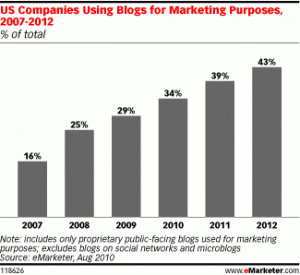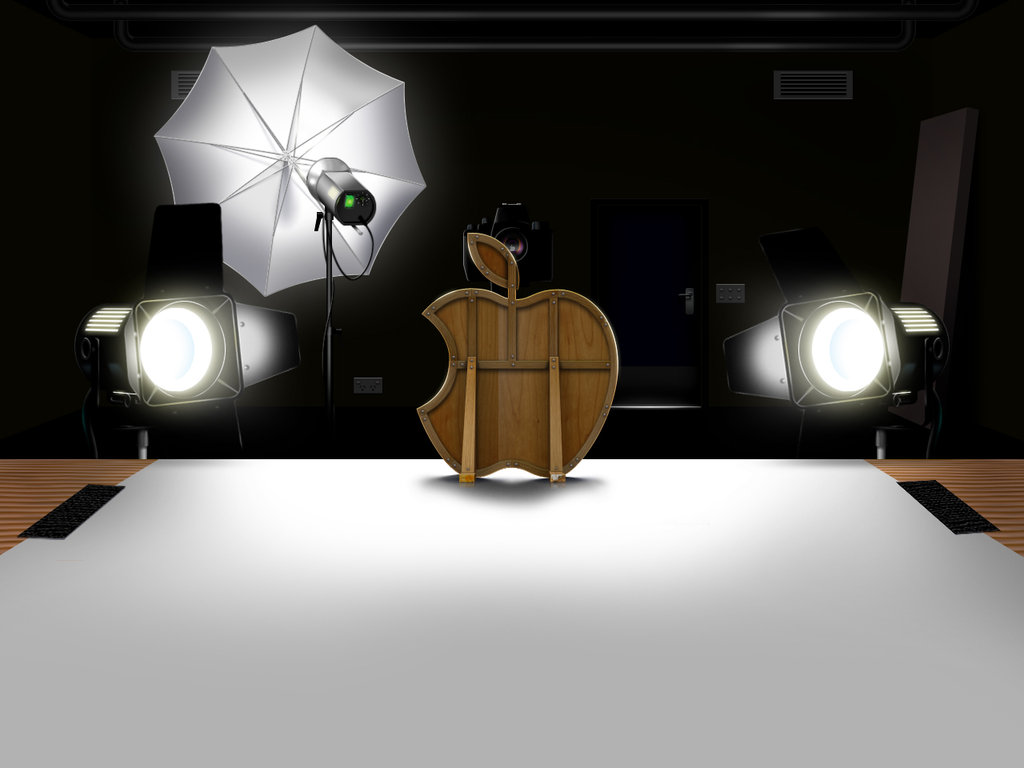 According to a 2010 study by Pew Research Center, the amount of young bloggers has decreased dramatically over the past few years by half. The number of blogging teenagers decreased to 14 % compared to 28% in 2006 and the amount of young adult bloggers (18-29-years-old) has dropped 9% since 2007.
According to a 2010 study by Pew Research Center, the amount of young bloggers has decreased dramatically over the past few years by half. The number of blogging teenagers decreased to 14 % compared to 28% in 2006 and the amount of young adult bloggers (18-29-years-old) has dropped 9% since 2007.
Meanwhile, the older generation is getting more comfortable with blogging: 11% of the over 30-year-old adults blogged in 2010, compared with 7% in 2007. Also, during the last two years blogging by the 34-45 year-old Internet users has increased 6% (up to 16%), 46-55-year-old bloggers saw an increase of 5% (up to 11%), and even 65-73-year-olds blogged 2% more (up to 8%).
It seems like the blogger generation is getting older and younger generation prefers social networking – is blogging becoming the sport of “old” people?
Micro-blogging in Social Networks
“The first thing going on here is the broader movement from MySpace, which had a integrated blogging function, to Facebook, which doesn’t put its blogging capabilities up front as MySpace does,” says Aaron Smith, a research specialist at Pew Internet & American Life Project.
There has been a clear movement from long blog posts, “macro-blogging”, to quick status updates and messages, “micro-blogging”, offered by Facebook, Twitter and other similar social networks. Young people “do not have time” to write long blog posts nor can they be bothered to read “two page novels” of someone’s life or brand’s awards. The new generation wants it short, actual and in real-time.
Also, according to a 2010 study by Technorati based on respondents in North-America, Europe, APAC and South America, even users who are currently blogging say that their devotion to micro-blogging (30%) and social networks (28%) have reduced their blogging activity. Another very interesting detail was that on average the bloggers actually spent more time on social media sites (9.9h/week) than they spent reading other blogs (9.2h/week).
Increasing popularity of Smartphones
Smartphones are constantly increasing their market share around the globe, especially among young people, and as Japanese “Twittermania” has shown they are perfect for micro-blogging. With the augmented Internet use and social media apps, people spend more time checking the latest headlines and status updates, watching videos, commenting with few words and sharing interesting content through mobile devices.
Anyone who has ever blogged knows it requires hard work and concentration and anyone who has ever read a blog post in a mobile knows the effort it takes to read a long post in the small screen. More online or digital communications are happening through mobile devices and the amount of text user can type and read is quite limited.
So, are blogs getting out of fashion?
No. Let’s say they are just becoming more refined by age.
According to the Technorati study, bloggers are more affluent and educated than the general population: 79% have college degrees and 43% have graduate degrees, 30% has a household income of $75K+ and 25% has a household income of $100K+.
65% of the bloggers are 18-44-years-old and 81% of them have been blogging more than 2 years, which increases the quality of the content. In the early ages, blogging was seen as an entertainment for teenagers while now Facebook and other social networks are taking that role and “old” people are catching up. Also, the amount of companies using blogs for marketing has been increasing during the years as shown in the graph below.
Now let’s see. How much relevant content can you include in 140 characters or a Facebook status update if you cannot link it to anything? Why users would be interested in any of your posts if they cannot click to find out more?
Linking the posts only to the official website or other people’s content does not seem enough either. Blogging allows the brand to talk more than just products and services and explore more fun and creative ideas. Blog is also a great way to establish an image of an expert and let your or brand’s voice to be heard over the competition. Only passing someone else’s posts or tweets around without bringing anything your own to the content does not really show who you are or what you really are worth. People and brands without opinions are boring.
From SEO perspective, new and relevant keyword filled content quickly shows in Google, which increases traffic to your blog. Linking posts properly can increase traffic to your website, which in turn improves your website’s ranking.
In reality, social media, micro-blogging and blogs can complement each other. Including social bookmarking buttons into the blog posts helps it to spread around the social networks and promoting the blog posts in Twitter and Facebook increase traffic to the blog. Meanwhile, short relevant posts or tweets about the blog posts add interesting content to your social network sites.
New generation, new trends
However, it is very important to remember that in the end young people are early adopters of the new technologies and communication channels and “old” people are slow to follow. First blogs were for teenagers, then Twitter and Facebook were just for silly teenage talk and no doubt the increased amount of Smartphones will change the settings and trends even more. Whether new generation moves from micro-blogging to traditional blogging in the future is a good question, but at least for the next few years blogs will still remain a good channel to express more profound thoughts, ideas, expertise and opinions of current events and future trends.








